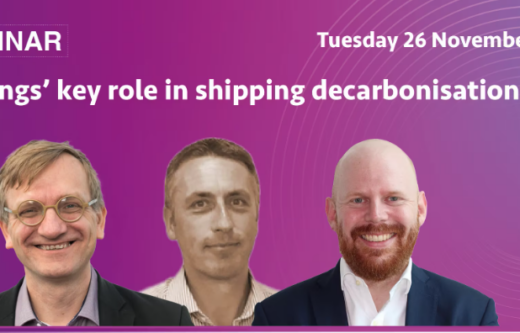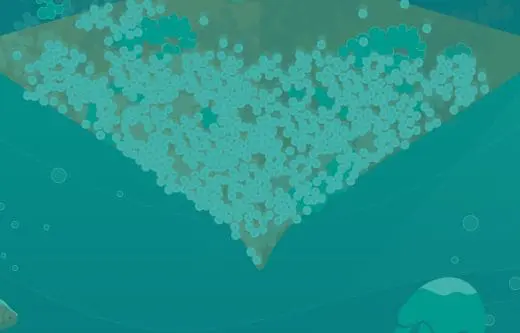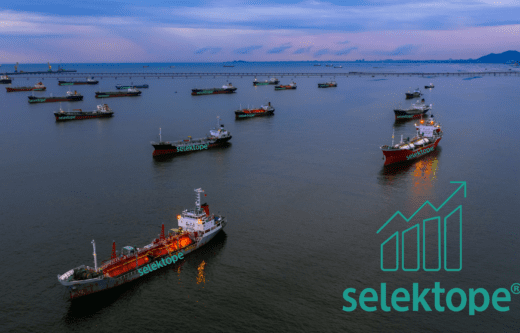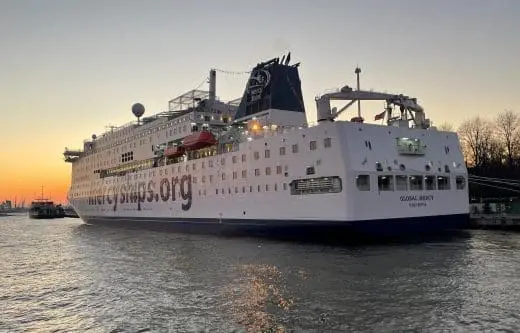Coronavirus, Coatings and Carbon
Way back in January this year, a time that seems like it was generations ago, shipping was facing up to a global, existential challenge – reducing its carbon emissions and the global climate emergency. The fateful day of January 1, 2020 had come and gone with less disruption than many had anticipated, with generally widespread availability of low sulphur fuel to meet the IMO’s global sulphur cap requirements, and fewer violations than expected. For a few months, shipping’s attention had firmly switched from the issue of tackling sulphur to carbon.
Fast forward three months and the shipping industry, along with all all global industry, is struggling with the impact of the ongoing COVID-19 pandemic. This too is delaying key regulatory progress that will support the industry’s endeavors to cut carbon. A key meeting of the International Maritime Organization’s (IMO) Marine Environment Protection Committee (MEPC) – which would have given more clarity and shape to the upcoming legislative framework for limiting shipping’s CO2 emissions – has been delayed. However, in the absence of IMO progression via MEPC, the EU has called for greater ambition in terms of limiting CO2 emissions from ship, demand that the shipping industry cuts its emissions by 40% by 2050 compared to 2018 levels, instead of 50% emissions reduction based on 2008 levels, which is the current baseline set by the IMO. Also, nations at the IMO are continuing to submit proposals that demand the scope of emission cuts are widened. One recent proposal submitted by the Clean Shipping Coalition and Pacific Environment called for 80% emissions cuts by 2030, a much sharper number than the IMO’s current 50% carbon reduction target.
Although negotiations at the IMO and the mechanisms by which carbon cuts will be enforced will not be resolved soon, one thing reigns true: even in the absence of regulatory mechanisms, societal pressures are forcing transport industries to prioritise carbon reduction. Therefore, even in a global crisis such as the COVID-19 pandemic, the reduction of carbon emissions still holds immense importance for all transportation industries.
Low carbon transportation pressures are catalysing technological innovation in the international shipping industry. This industry is welcoming a significant evolution in fuel saving, emissions reducing technologies that are ready for deployment or are fast emerging from the trial phase. While new low carbon innovation developments are extremely beneficial for the shipping industry, it is important not to forget that the industry already has a toolbox full of technologies that are instantly available to ship owners and operators that can deliver proven carbon emission reductions.
One major solution does not lie in the fuel tank, or the engine room or even at the vessel design stage, but below the waterline in the paint work. Antifouling coatings continue to be one of the oldest serving but fastest-evolving technologies in this industry, that have delivered commercial benefits for decades and now they are responsible for delivering serious emission cuts as well.
For as long as ships have been at sea, they have attracted a host of marine life to their hulls. This has a huge ramification in not only global marine ecosystems, through the potential inter-ecosystem movement of invasive aquatic species, but also on a vessel’s fuel use. One culprit that is responsible for a significant portion of ship emissions generated from biofouling present on the ship hull is the humble barnacle. While barnacles may have a small footprint, their effect on global shipping is huge. These crustaceans cost the shipping industry billions each year in excess fuel consumption and cleaning costs.
Identifiable to most people through their volcano-shaped house glued onto rocks, the highly mobile planktonic larvae of all barnacle species actively seek submerged surfaces on which to settle and construct their adult home from the moment they extrude their super strong glue. The bad news for the industry is that they can’t differentiate between a ship and a rock.
An often-cited metric is that a vessel travelling at 15 knots with a “small amount of animal fouling or weeds” on the hull will require 34% more power to maintain the same speed due to the added frictional resistance on the hull as it sails through water. More power requirement equals more fuel burnt. More fuel burnt equals more harmful gaseous emissions. If biofouling on the hull is not controlled, then ship fuel use may rise increase by as much as 80% and that means more carbon emissions too.
In recent years global trade patterns have increasingly shifted to tropical/subtropical waters, fondly known by many as ‘biofouling hotspots’. Ships are spending an increasing amount of time at port or laying idle for periods of time in these high biofouling risk zones and that is when barnacles will strike, and these pesky crustaceans don’t need long to start settling. Adding to that, global warming is increasing the temperatures of the world’s oceans, widening biofouling hotspot zones. Therefore, barnacle fouling is also going to become more of a headache for any shipyards located in warmer waters.
To help ship owners tackle the barnacle biofouling problem and lessen its impact on ship performance, antifouling coatings that make use of advanced active agents such as Selektope®, to prevent the horrendous effect of barnacle fouling on fuel and emissions, will be essential. This unique biotechnology temporarily activates the barnacle larvae’s swimming behaviour using natural reception stimulation. The effect is temporary, but for the time that the barnacle larvae is metabolising Selektope®, it is hypermobile, kicking its swimming legs uncontrollably while being literally repelled away from the hull. Another factor that sets this biotechnology aside from other active agents used in marine coatings is that it delivers high efficacy in nano molar concentrations, achieving the same effect as other substances that deter barnacle fouling but in significantly lower quantities. This reduces emissions to water as well as air.
Therefore, it’s safe to say for a carbon restricted future of the shipping industry to become a reality, Selektope® and advanced antifouling coatings will always play a role.
Related articles

Survey: Barnacle fouling is a significant problem for shipowners

Fascinating facts about barnacles: how they attach to ship hulls?

20 tonnes of Selektope safeguards 2,500 vessels from barnacles
